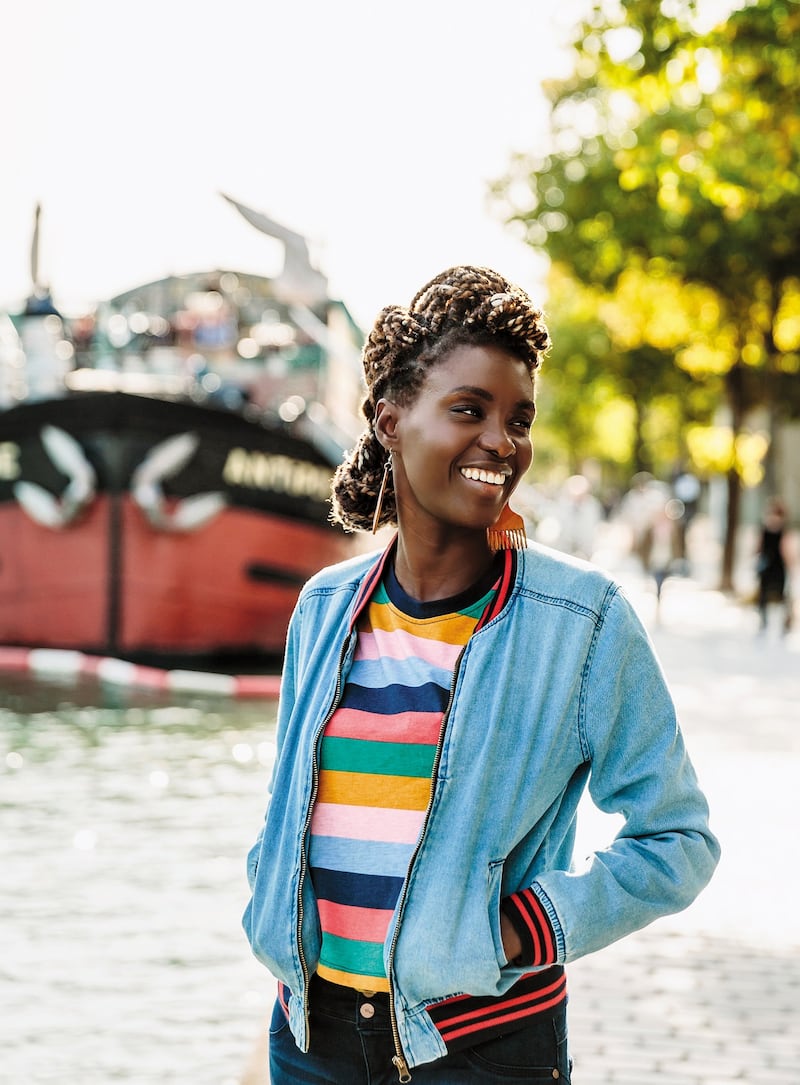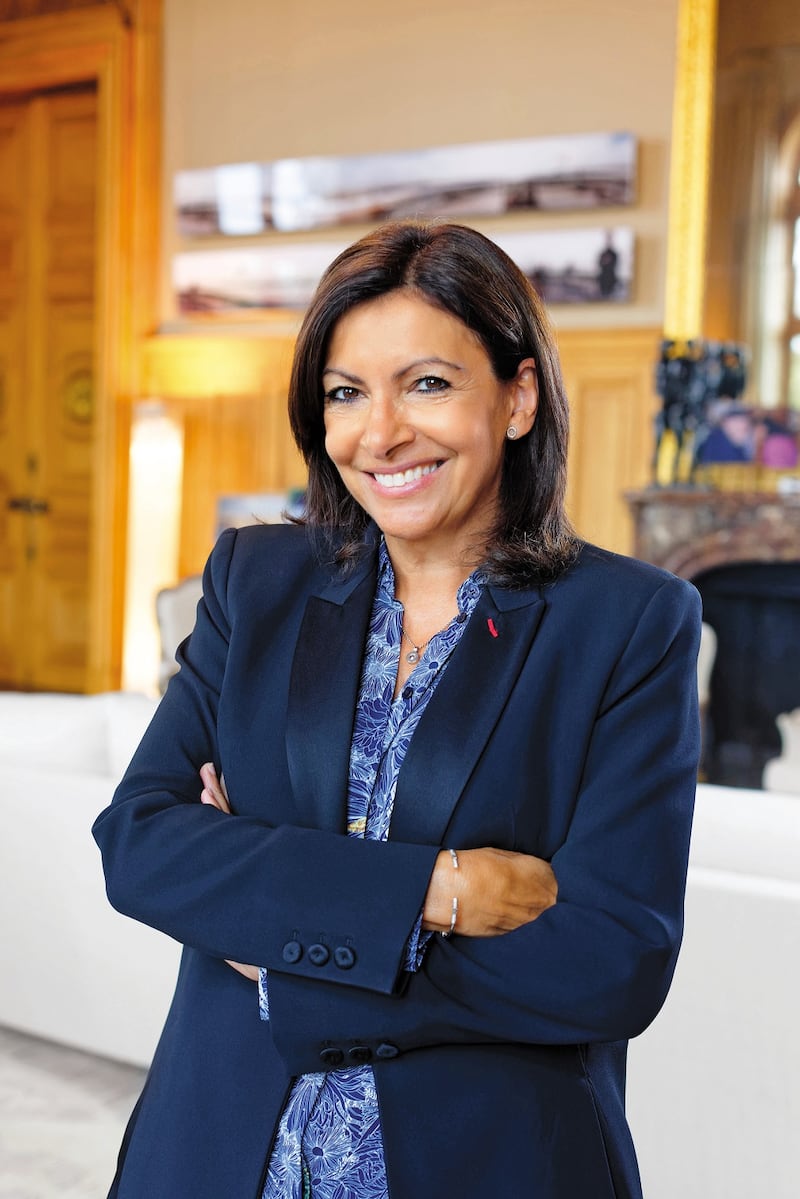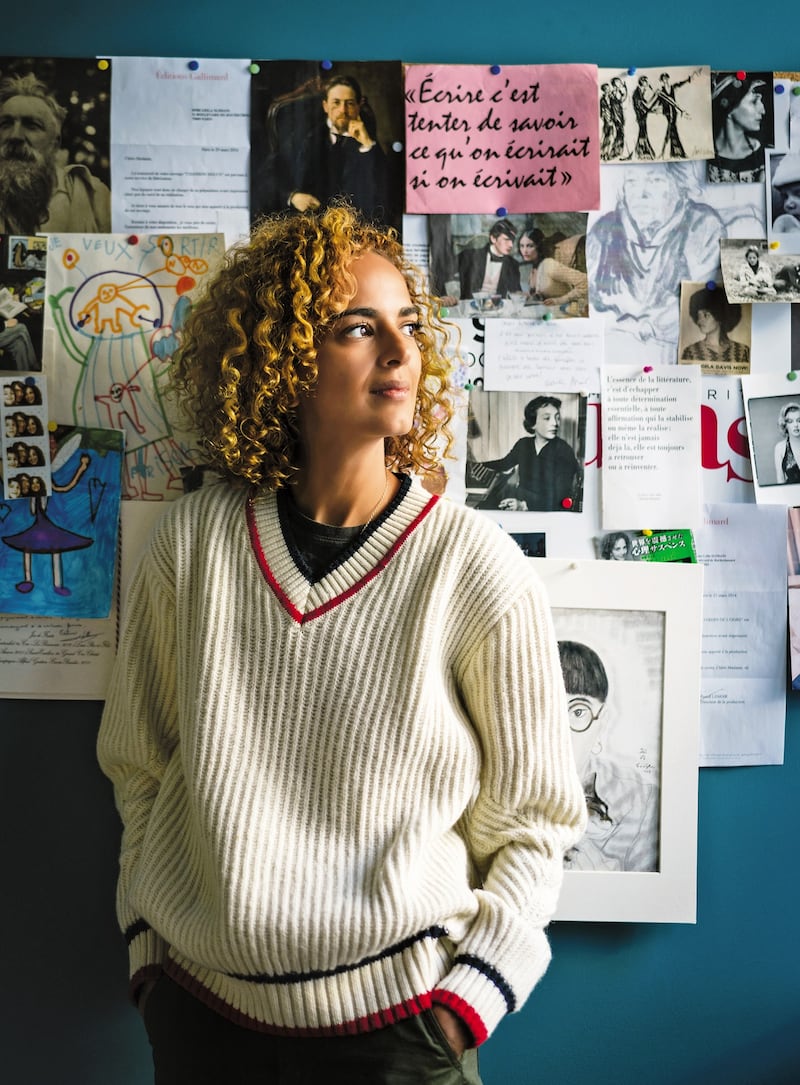There are few more mythologised cities than Paris, and central to that myth is the Parisienne. Several real-life women have contributed to the myth down the years, from Coco Chanel to the recently deceased Juliette Gréco, from Catherine Deneuve to Vanessa Paradis and, more recently, Instagrammer Jeanne Damas.
Cultivating the myth of the Parisienne is also big business. It has helped sell clothing, perfume, cosmetics and the city itself.
That commercialisation has flattened the idea of the Parisienne into a woman who is invariably white, slim, and dressed in a uniform of trench coat and red lipsticked pout.
An enduring fascination with this trope – where the idealised Parisienne is often held up as the archetype of the French woman – turned books with titles like French Women Don’t Get Fat or How to be Parisian Wherever You Are into international bestsellers. On social media woman became girl to inspire a hashtag: #FrenchGirlStyle.
My own Parisian girlfriends have long rolled their eyes at this one-dimensional cliché so removed from their lived experience. They loved Je ne suis pas Parisienne, a 2019 book by French journalist Alice Pfeiffer who skewers the fabled woman "the whole world talks about, but residents have never met" .
Lindsey Tramuta, a writer from the US who has called Paris home for more than 14 years, is not the first adopted Parisienne to notice the disconnect between myth and reality in the French capital, but she has become one of its most keen-eyed chroniclers.
Three years ago the naturalised French citizen published The New Paris, a guide to the emerging generation of creatives – in design, fashion and food – challenging fusty notions of one of the world’s most visited cities.
“It was spurred by my frustration with the way many people talk about Paris, I wanted to tell a fresher story,” she says, when we meet at a café where the menu features vegan pastries alongside croissants.
Tramuta’s second book, The New Parisienne: the Women and Ideas Shaping Paris, takes aim at more stubborn stereotypes which she admits she once fell for as a newly-arrived student in the city.
“It’s hard to say what the bigger betrayal was,” she writes. “The lies I was told about the way Parisian women behaved and lived or being hoodwinked by them for so long.”

In the book's opening pages Tramuta quotes journalist and activist Rokhaya Diallo, born to parents who moved to Paris from Senegal and the Gambia.
"There's a whole image around the Parisienne that needs to be reconstructed because it's been a long time since she's looked like Brigitte Bardot or Edith Piaf, " she says. "Paris is one of the most multicultural cities of Europe. "
Paris in 2020 is a city where the first female mayor – the Spanish-born Anne Hidalgo whose family migrated to France when she was a child – is on her second term with an avowedly green agenda.

It's the city of rabbi Delphine Horvilleur and Mexican-born trans activist Clémence Zamora-Cruz.
The city where French Olympic medallist boxer Sarah Ourahmoune grew up, the only Muslim – along with her brother – in a Catholic school.

The city where Franco-Moroccan author Leïla Slimani wrote and set her bestselling novel, Lullaby, and where Beirut-born obstetrician-gynaecologist Ghada Hatem Gantzer opened La Maison des Femmes, a pioneering refuge.
The city where women chefs, bakers and mixologists – often with proudly hyphenated identities – are reinventing the culinary landscape.

Tramuta tells the stories of all these and more, capturing the women of Paris - from social entrepreneurs to engineers and filmmakers – in all their rich diversity.
Along with the profiles of some 50 New Parisiennes, spliced with images by photographer Joann Pai, the book delves into broader discussions of identity and belonging in contemporary France. The question of what it means to be French fuels endless debate in the country, particularly when it touches on issues related to race, discrimination and the legacies of colonialism.
The fact the Parisienne of advertising campaigns – the “branded Parisian” as Tramuta puts it – is usually white says much.
As does the fact that since the late 1960s many of the celebrities that have fed the myth of the Parisienne – from Brigitte Bardot to Deneuve – have served as models for Marianne, the personification of the French republic.
Tramuta cites Alice Pfeiffer on what she calls France’s “whitewashing” of the image it presents both to the world and to itself: “It works in France’s favour…[because] then they don’t have to address their colonial past,” Pfeiffer argues.
The book’s publication this summer coincided with Black Lives Matter demonstrations in France and the continuing impact of the Me Too movement. “I didn’t expect it to tap into so many live conversations right now on race and women,” says Tramuta. “One French reader said it was very prescient.”
There is also a generational element: the push back against the idealised Parisienne at home and abroad has been relatively recent and spearheaded by millennial women like Tramuta and Pfeiffer.
Part coffee-table book, part guide to the City of Light, The New Parisienne includes recommendations from Tramuta and her interviewees on their favourite women-run businesses, preferred neighbourhoods and personal rituals.
She considers the book not just a challenge to a pernicious myth but also part of a wider conversation: “I hope this will be the beginning of a new way of thinking about not only the women of Paris and the way they are inhabiting the city, but about women in general.”











